Pinot Noir is considered one of the core French grapes, known for its thin skin making it easy prey to weather damage and rot. It’s also intolerant of high temperatures which results in jammy, rather than fruit-driven, wines.
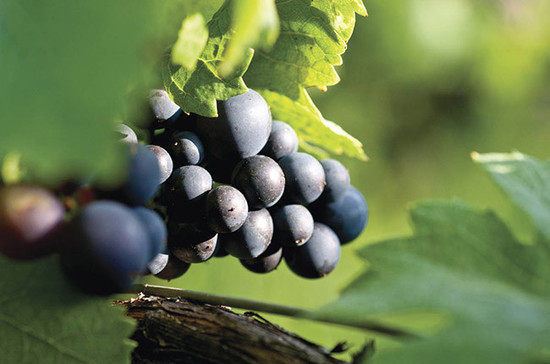
Though commonly aged, it’s easily overpowered by new oak barrels (‘the better quality the fruit,’ says course tutor Matta-Aliah, ‘the more new oak it can handle’). The wine’s flavour profiles range dramatically from intense red fruits to intense vegetal and game notes sometimes overpoweringly so. Though it grows well in moderate and cool climes, regions that are too cool produce an under-ripe grape imparting negative impressions of wet leaves and cabbage on the wine.
Regions
In addition to Burgundy, I was familiar with Pinot Noirs from Chile, New Zealand, Sonoma and Champagne, where it’s one of three grapes permitted in Champagne production. But it turns out most of the world’s wine growing regions outside France and Germany are too warm growing only a relatively tiny proportion of Pinot Noir in their coolest appellations. Oregon and New Zealand are achieving global recognition for their very well-made expressions.
But it’s Burgundy where high-quality Pinot Noir continues to shine. While Gamay is permitted in the region, Matta-Aliah explained that it’s only common among certain producers in southern Burgundy where things get a bit warmer and trickier [Beaujolais]. For the most part, any red wine called “Burgundy” is going to be 100% Pinot Noir.
In part, this dedication to the “pure” grape is due to it being expensive (see labour-intensive growing conditions, above). As long as it’s commercially viable to do so, growers would rather not blend it. It’s also a grape that performs exceptionally well on its own (where, say, Cabernet Sauvignon often needs to be softened with a small percentage of other grapes, or Merlot might require additional structure).
The hierarchy of Burgundian classifications groups specific vineyards on their terroir and quality potential, with Burgundy being the most generic appellation classification, and becoming increasingly specific (and more expensive, with lower production) through Villages, Premier Cru and Grand Cru, a vineyard-specific category. ‘They’ve gone through every vineyard, every block in Burgundy and delimited, qualified and classified them,’ says Matta-Aliah.
Though the classifications can be confusing, she points out ‘the elaborate labeling system really works to your advantage. Just from the label, if you know it, you can learn incredible details about the wine, like no other label in the world.’
In addition to information about where in Burgundy the wine was produced and to what expected quality level, additional verbiage can take us even deeper. Because more than one buyer or owner may be producing Burgundy from a single Grand Cru vineyard, I learned that it is beneficial to know the producers to successfully replicate my drinking experience the next time I order.
Click to learn more about available WSET courses in China>>
All rights reserved by Future plc. No part of this publication may be reproduced, distributed or transmitted in any form or by any means without the prior written permission of Decanter.
Only Official Media Partners (see About us) of DecanterChina.com may republish part of the content from the site without prior permission under strict Terms & Conditions. Contact china@decanter.com to learn about how to become an Official Media Partner of DecanterChina.com.

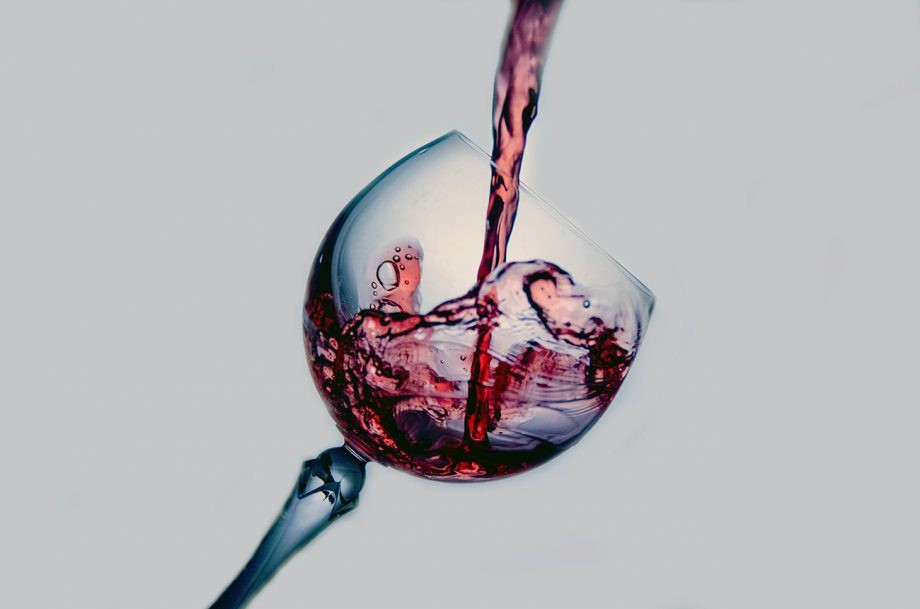
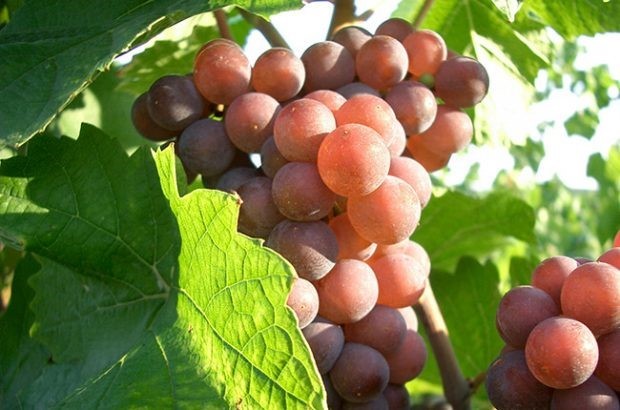
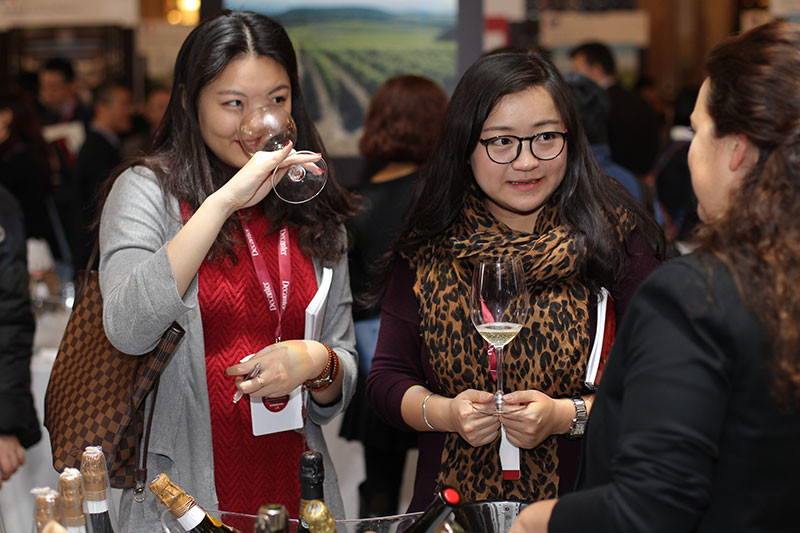
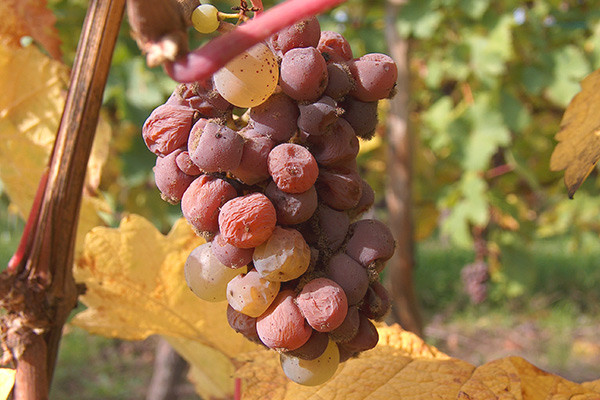
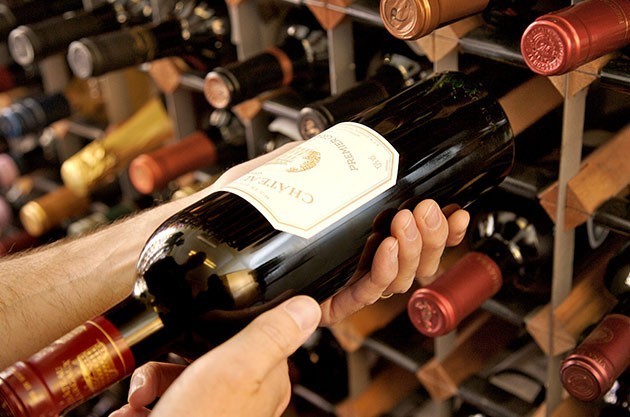
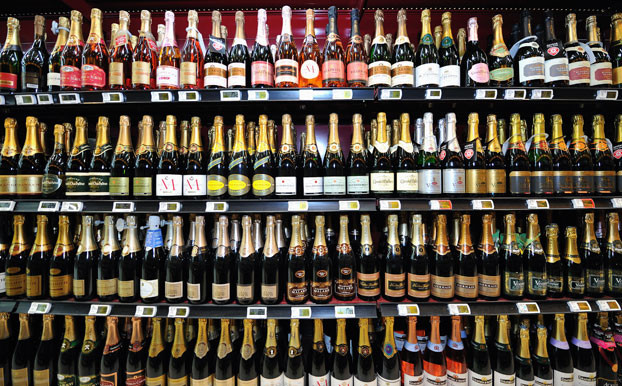
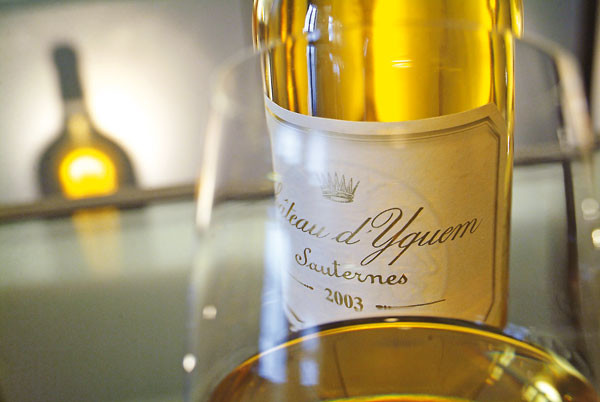
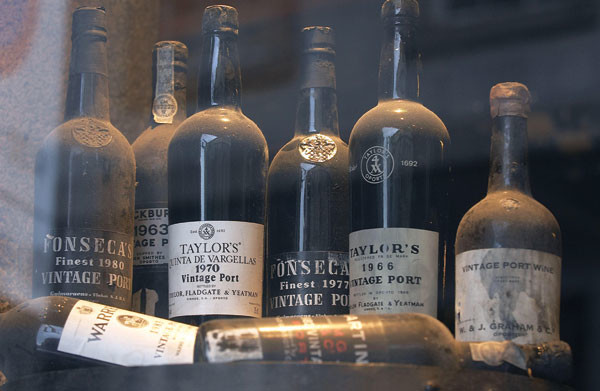
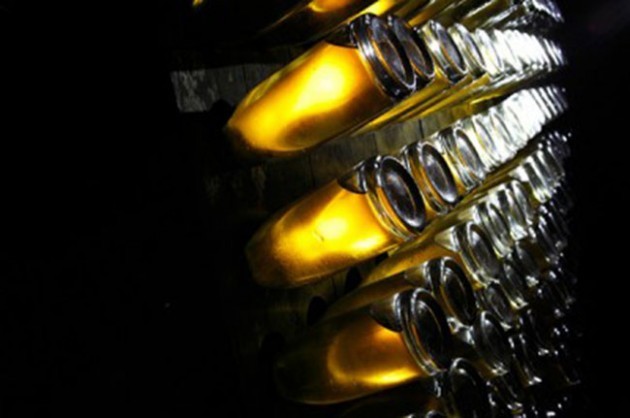
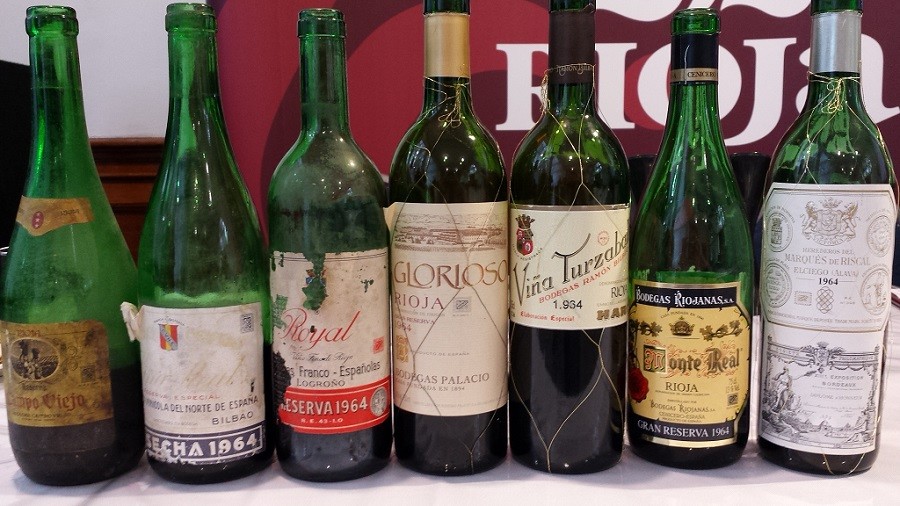
Comments
Submit